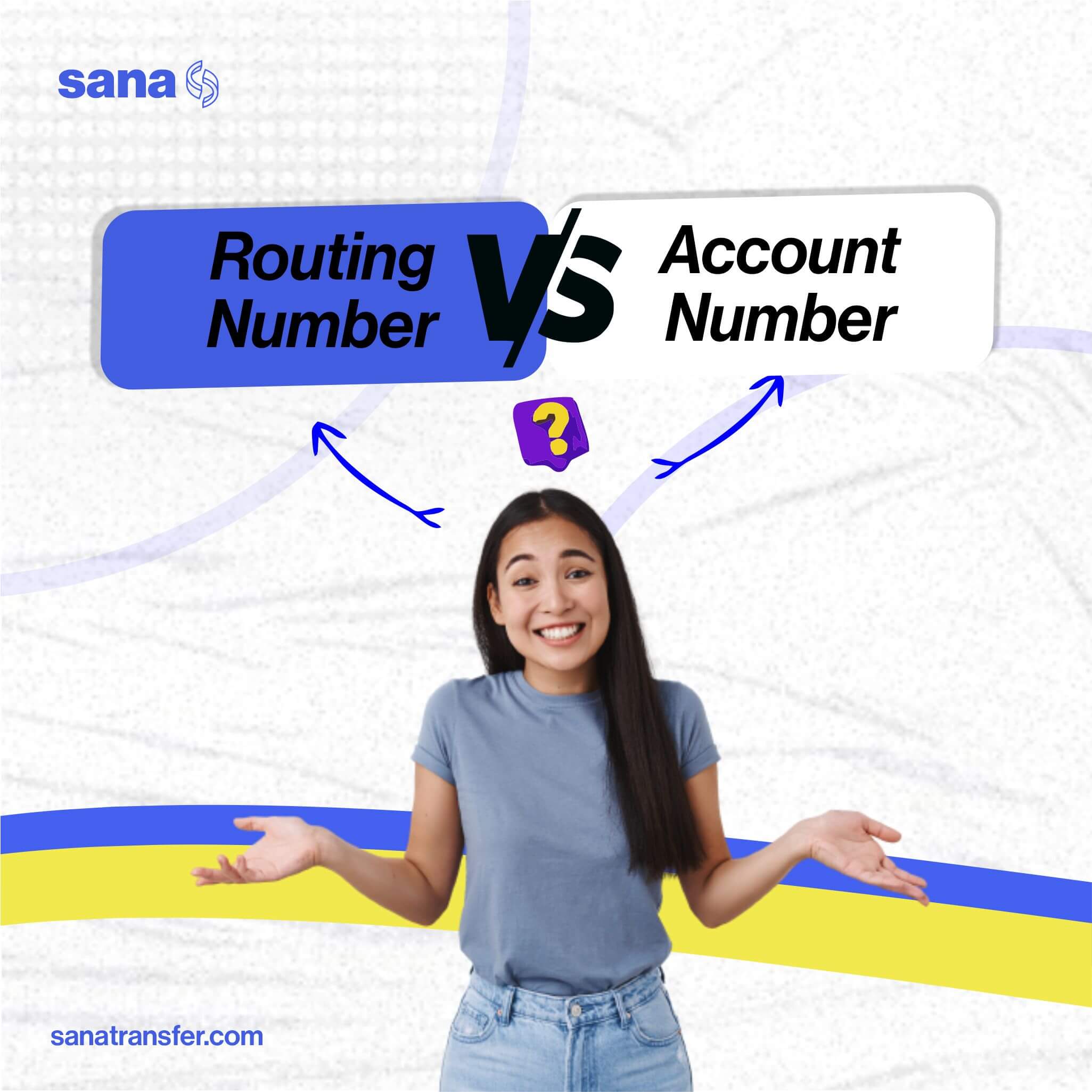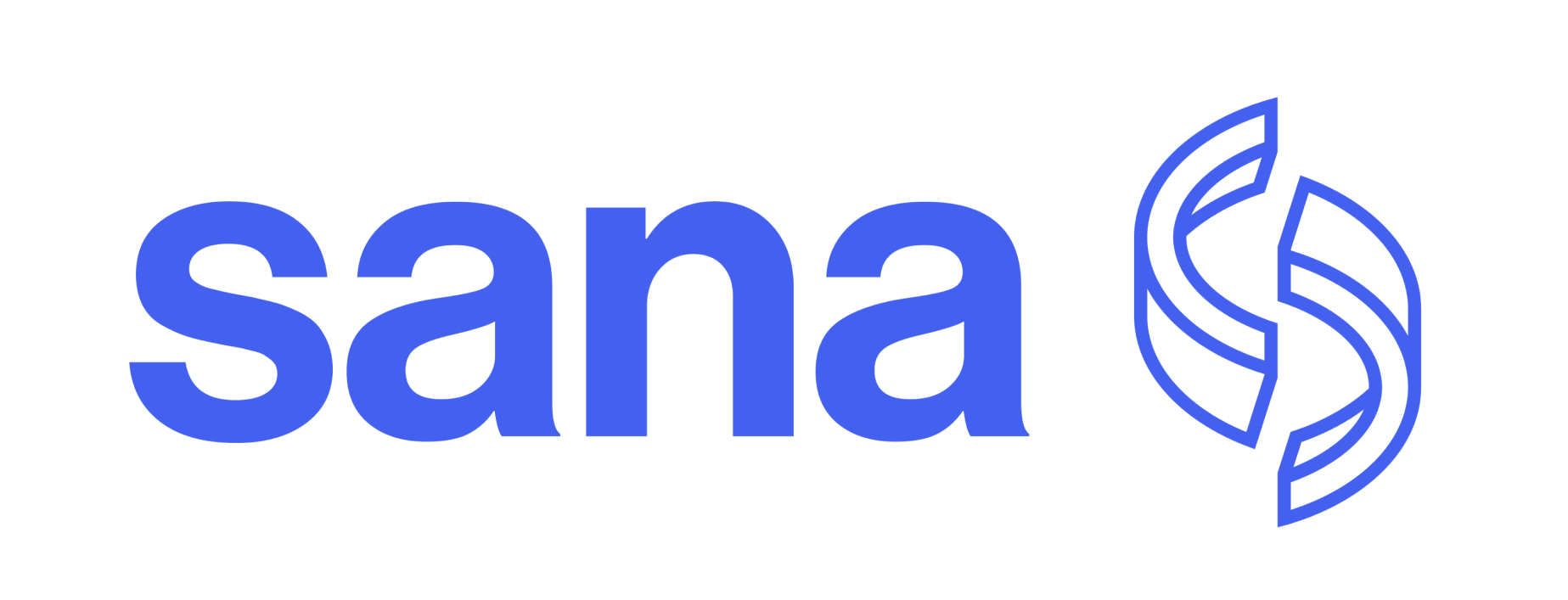Routing vs Account Number - What are the Differences?
Is routing the same as an account number? This article explores these two important information required for cross-border transfer, highlighting their differences and how to get them.

Two pieces of information can’t be ignored when it comes to executing cross-border financial transactions - the routing number and the account number. They are used by financial institutions to identify customers. Generally, your bank will assign these numbers to you when you open an account and you'll be needing them subsequently. Read further to see what these numbers are, their differences, how to find them, as well as how to use them.
What Is a Routing Number?
A routing number is a unique nine-digit number that helps to identify a bank or any other financial institution. This number is also known as an ABA number, bank ABA number, ABA routing number, or transit ABA number. Routing numbers were first developed by The American Bankers Association in 1910 to help differentiate one bank from another.
Only the U.S. uses routing numbers to differentiate between the different banks when executing financial transactions. Foreign banks, on the other hand, make use of IBAN. IBAN is short for “International Bank Account Number”.
How Can I Find My Routing Number?
Before we tell you how you can find your routing number, let’s give you some instances where you need to provide your ABA routing number. You may have to provide this number to:
- Send or accept a wire transfer
- Initiate direct deposit with your employer
- Obtain a direct deposit of a stimulus check or a tax refund
- Receive a direct deposit of any government benefit
- Prepare an electronic ACH payment
- Pay off your mortgage or any other bill online
- Link your accounts to an app used for budgeting
- Send or receive cash transactions
Now, there are majorly three ways you can find out your routing number. You can find it on a check, online or by reaching out to your bank/financial institution.
Which Number Is the Routing Number on a check?
If you were given paper checks, they are the first place you should search for your ABA routing number. Just take a look at the front side of your check, you’ll find a row of different numbers at the bottom.
Precisely, you should find three different groups of numbers that are separated by either spaces or unique characters. The first group of numbers you see is your bank routing number. To confirm if this is really the routing number, count the digits to confirm if there are nine of them. If they are more or less than nine digits, you may be looking at something else.
How Can I Find My Routing Number Online?
Finding your ABA routing number online is easy. Simply visit your financial institution’s or bank’s website. Check the homepage of your bank’s website. If it is not there, just log in to your bank account online or through the mobile banking app and you’ll see the routing number.
Generally, banks and credit unions publish their ABA routing numbers online and it is never hidden. A bank routing number, unlike an account number, is made public and doesn’t have to be protected.
Alternatively, you can search for this number through the ABA routing number finding tool. This free tool allows you to look up any bank’s routing number by just inputting the bank’s name, city, state, as well as ZIP code.
Interesting Read - How to Send Money To Someone Without a Bank Account
How Can I Find My Bank Routing Number by Contacting the Bank?
If you still can’t find your ABA routing number after following the two methods listed above, just go through the most direct link. Contact your bank or credit union to give you the ABA routing number.
A bank teller can provide you with details about your bank’s routing number in person or over the phone.
What Is an Account Number?
An account number is a unique set of numbers that is used to recognize a specific bank account. Usually, banks assign unique account numbers to each bank account you own.
For instance, if you open a savings and checking account in one bank, the bank will assign two different account numbers to you and only one ABA routing number. If you own three savings accounts at three different banks, each of your savings accounts would be assigned a unique account number. Also, you will also get two unique routing numbers for each bank.
Essentially, your account number informs where to deposit or withdraw cash when transactions are initiated. Hence, it is important for you to keep the details of your account number secured at all times. If you don't, someone may use your details to access your bank accounts fraudulently.
How Can I Find My Account Number?
Just like your ABA routing number, you will find your account number by searching your bank check, looking it up online or reaching your financial institution.
How Can I Find My Bank Account Number on a check?
As noted earlier, at the bottom of your paper check, you will find three sets of numbers. While the first number is your bank’s routing number, the second set of numbers printed on your paper check is your account number.
Most times, account numbers have about eight to 12 digits. Don't mistake it for your routing number, which is always nine digits.
The last set of digits you find on your check is the check number. This number generally has fewer digits than the ABA bank routing number or the checking account number.
How Can I Find My Bank Account Number Online?
For fraud protection, most banks often encrypt your bank account number information. So it is quite difficult to get your account number through your bank’s website or mobile app. Nevertheless, some banks can show you your account number when you log into the mobile app.
Another feasible way you can find your account number online is through your electronic or paper statement. Just download a copy of this statement. Your full account number is likely to be included on your statement.
Read Also - Send Money From A Bank Account Without Verification
How Can I Find My Bank Account Number by Contacting the Bank?
Request your bank account number from the bank or credit union if you don't have a checkbook and can’t find your account number online. You can do this in person or by phone.
Before the bank provides your account number, you have to give them proof of your identity to confirm that you are really the account owner. You may have to supply your driver’s license number or Social Security.
Routing Number vs. Account Number
Generally, routing numbers are used to identify a particular bank or credit union. On the other hand, account numbers help to identify a specific bank account held in a financial institution. Combined, these two crucial numbers help to facilitate financial transactions by ensuring that cash is added to or removed from the correct account. You can find any of these numbers on your paper check, online, or by contacting your bank.
How to Manage Routing Numbers and Account Numbers
Below, we have listed out a few tips for handling ABA routing numbers and your account numbers safely:
1. Destroy voided check
If you need to render your paper check void for any reason, destroy it completely. Don’t throw it into the trash as your information may get compromised.
2. Avoid writing down or saving account numbers on your phone
It is better to memorize your account numbers for security reasons. Just like your debit card PIN or Social Security number, your account number must be protected.
3. Don’t share your account information
Don't give out your bank account number(s) to anybody that you are not sure of. If you need to share your account details, ensure that you confirm that the request is from a source that you can trust.
4. Be picky about the apps you use
Although personal finance and budgeting apps can help you manage your money better, they are usually the main targets for hackers. So before you think of linking your account to any app, ensure that it is legitimate.
What Is an IBAN Number?
An IBAN, short for international bank account number, is a global measure for transferring bank payments. This number generally consists of just 34 alphanumeric characters that help to determine the country, bank, branch, as well as bank account. Australian, North American, as well as Asian countries don't make use of the IBAN for local money transfers. These countries will only use it when transferring cash to a country that has already adopted the IBAN.
Final Thoughts
Finding your routing number and account number is easy. You can search for them on your paper check, log into your online (or mobile) banking account, or reach out to your bank. The routing number is the first number at the bottom of your check while your bank account number is the second set of numbers you find at the bottom of your check.
Please, make sure that you verify these numbers by counting them. Note that some paper checks may print out these numbers in different sequences. While routing numbers identify the exact bank, account numbers identify the specific bank account.
SanaTransfer offers easy, fast and secure payment services with better rates and faster payouts for international remittance. Sign up now to get started.
